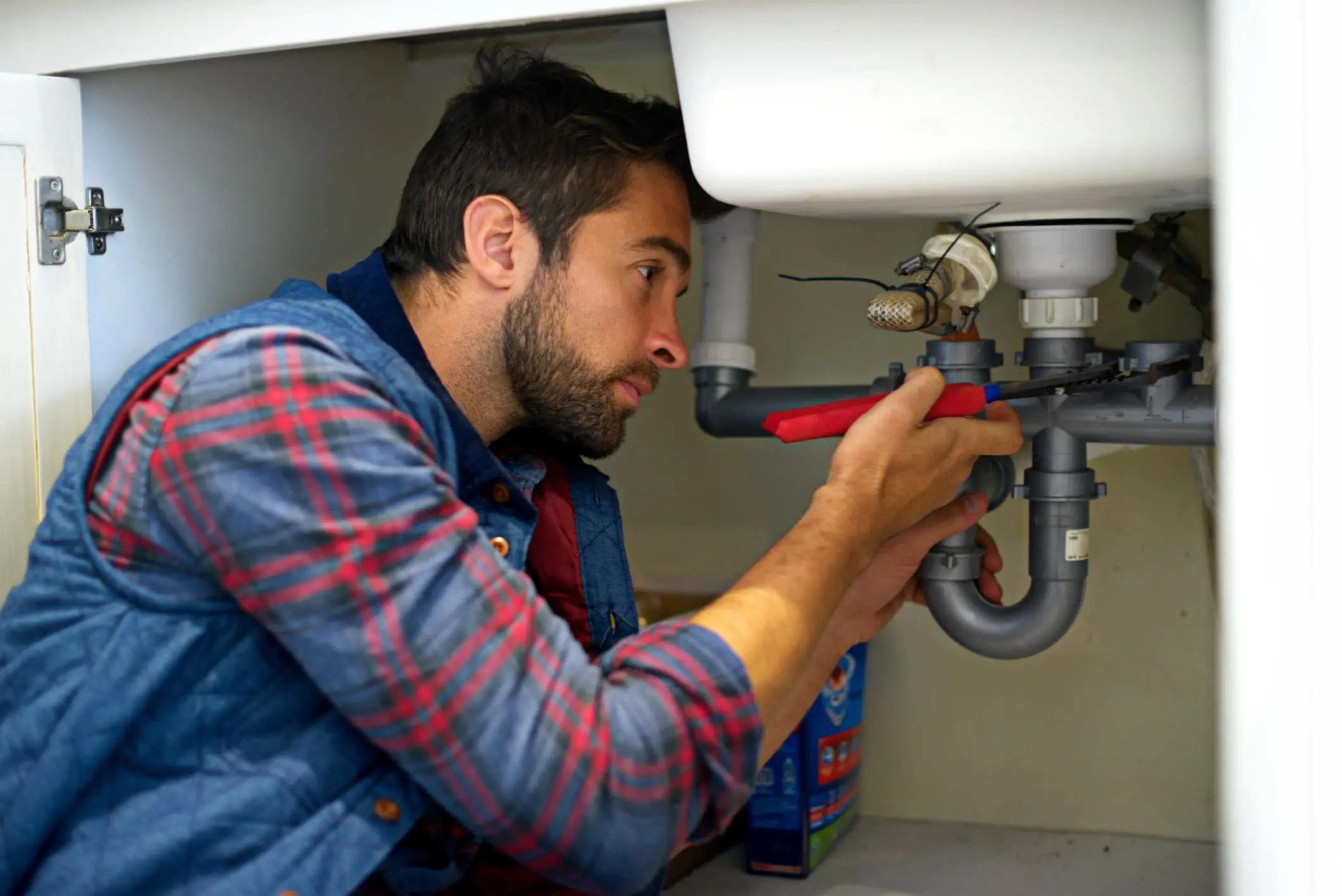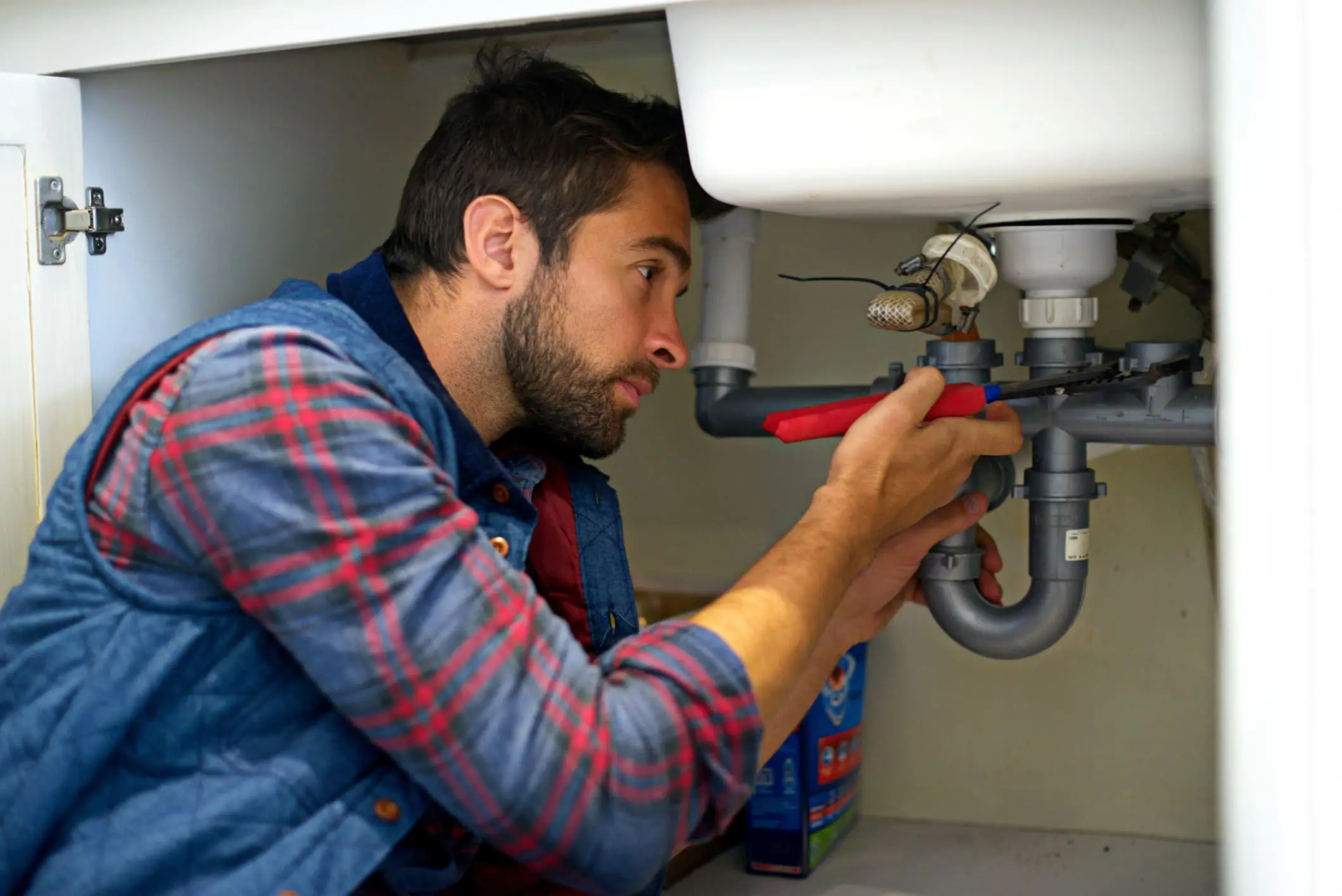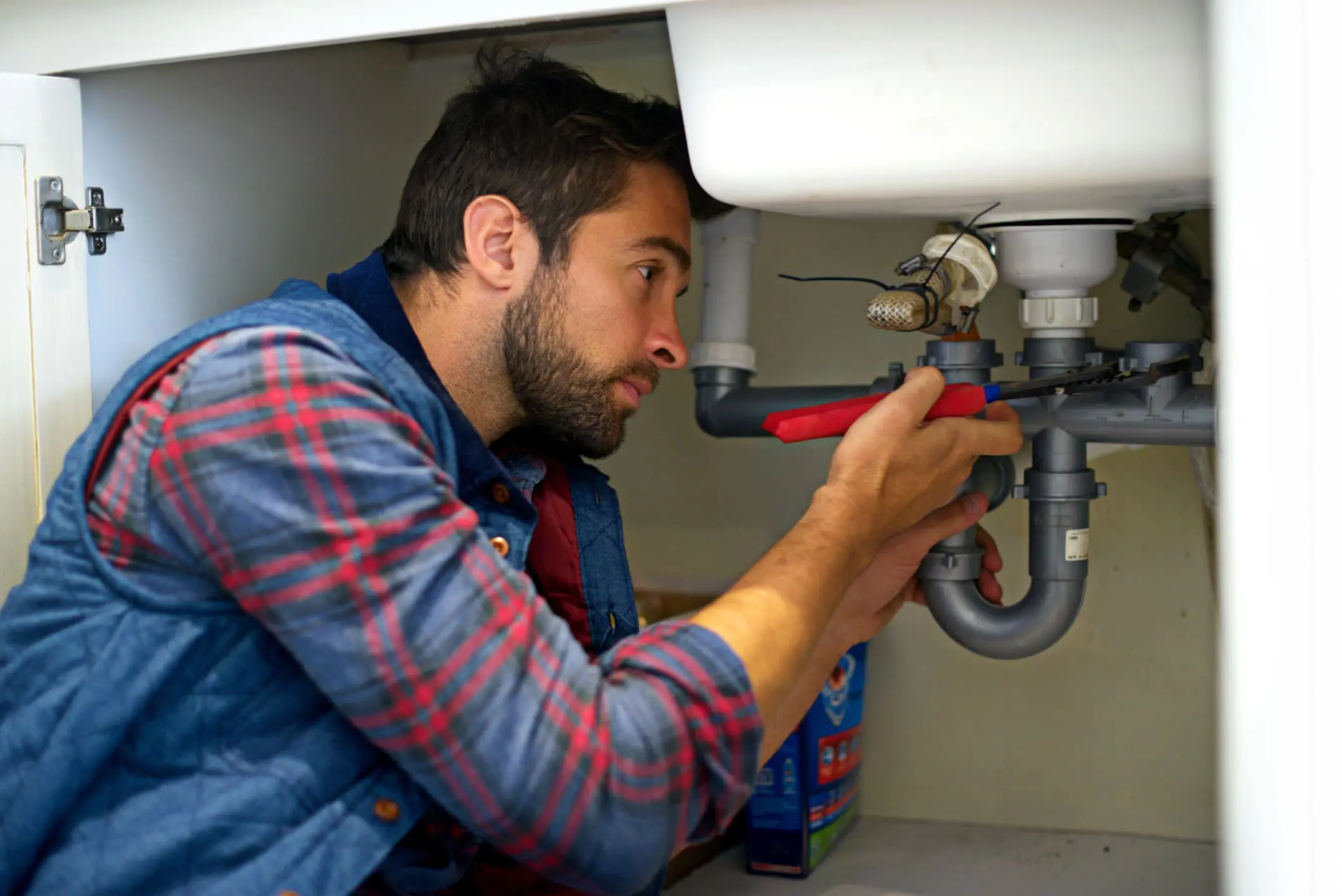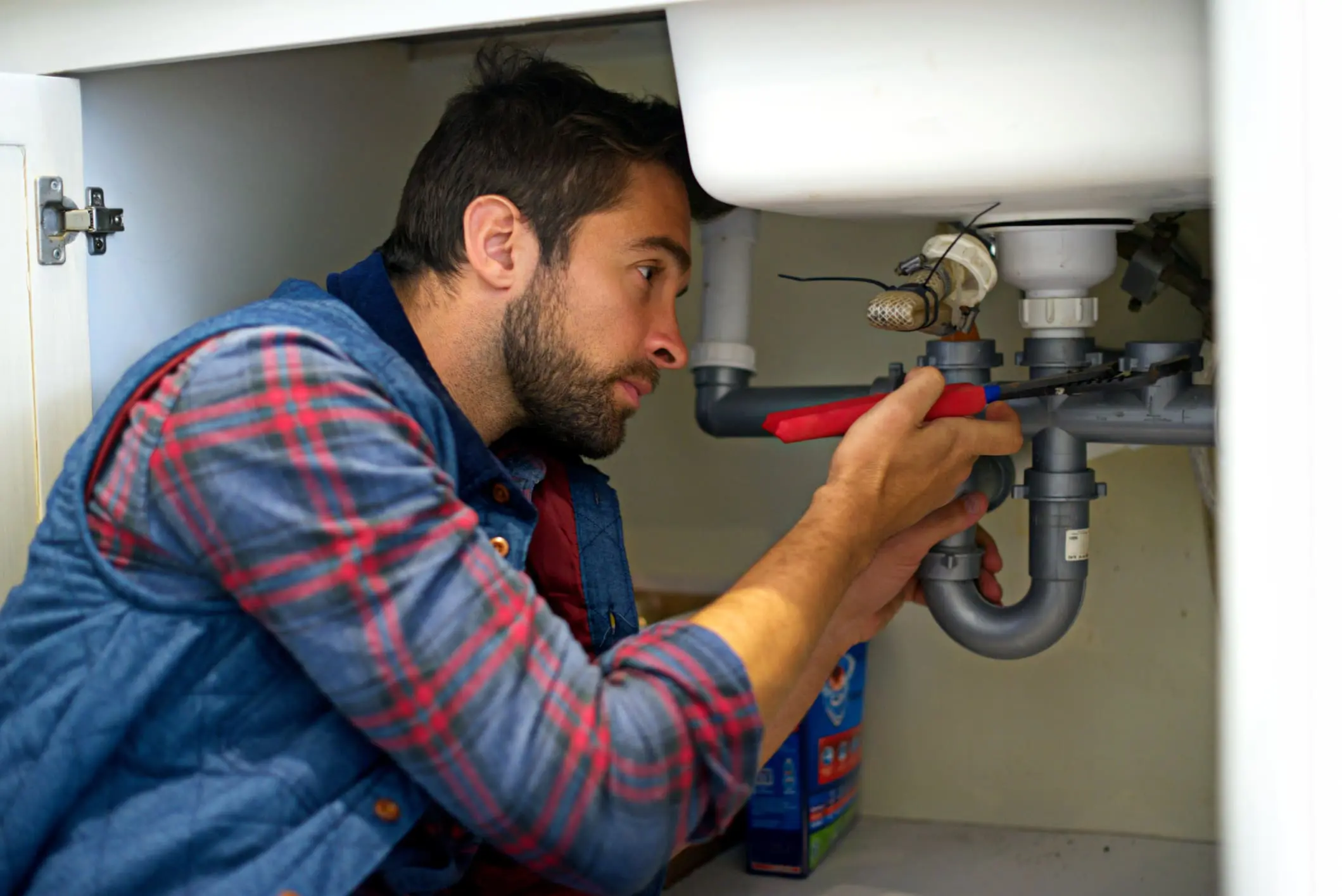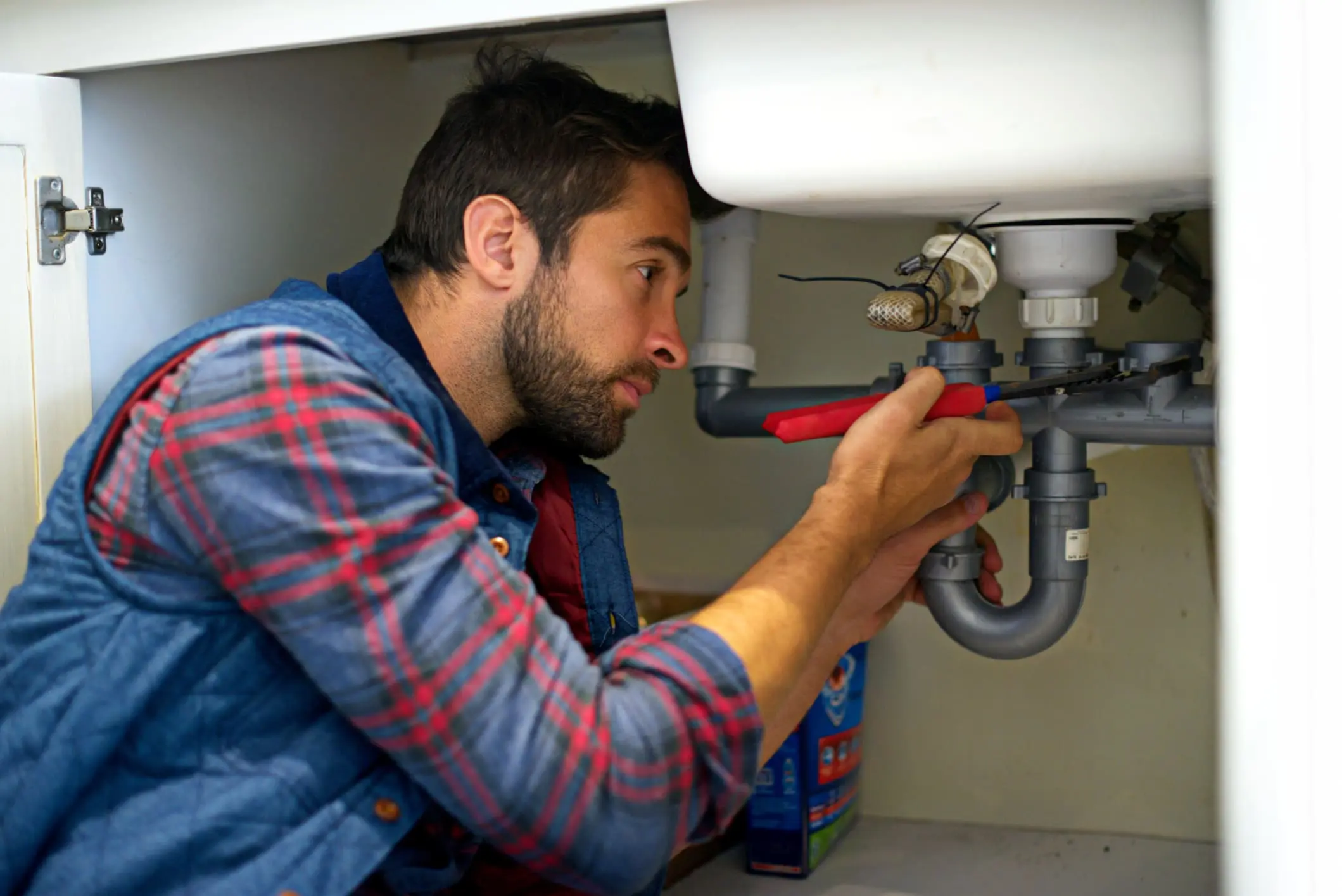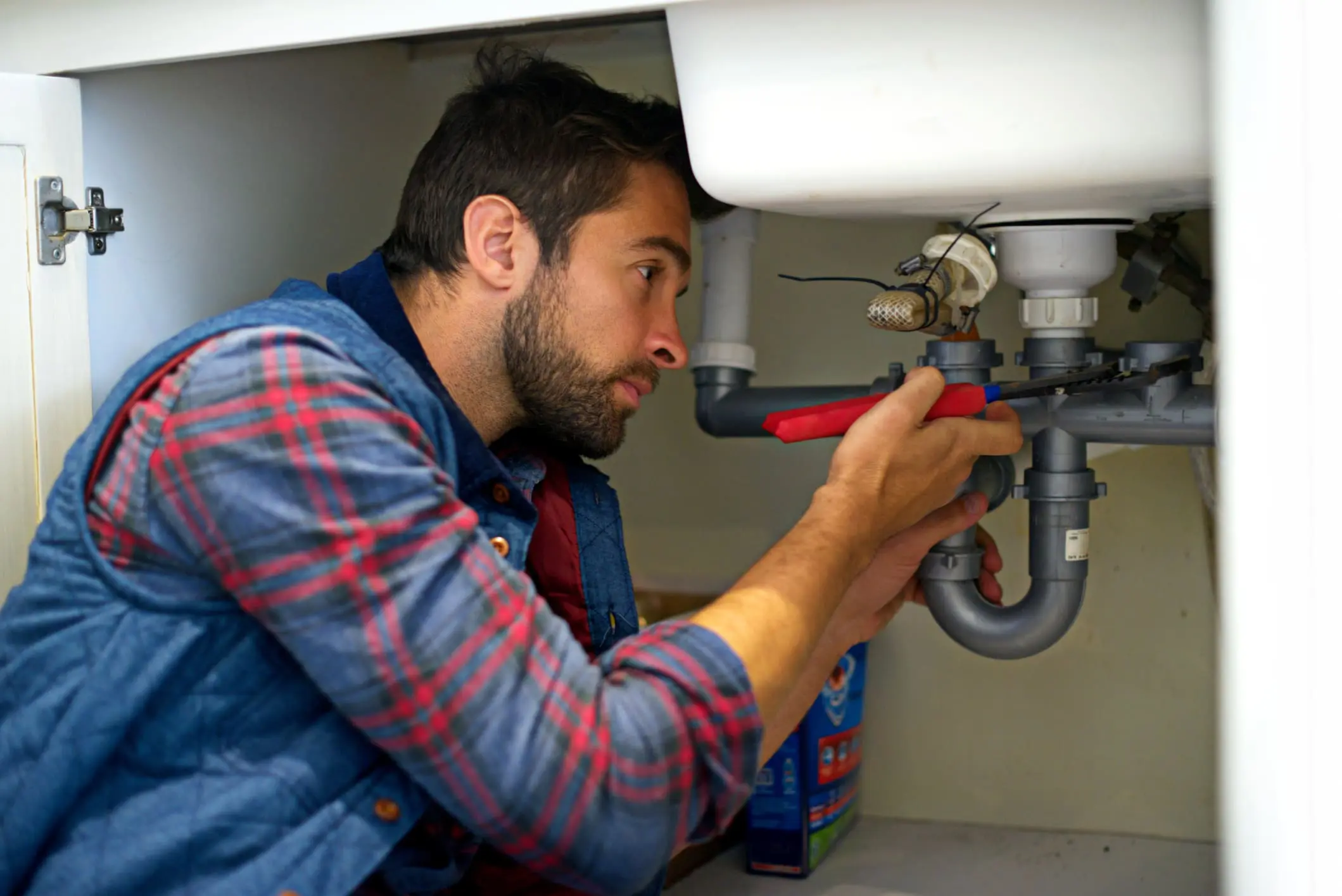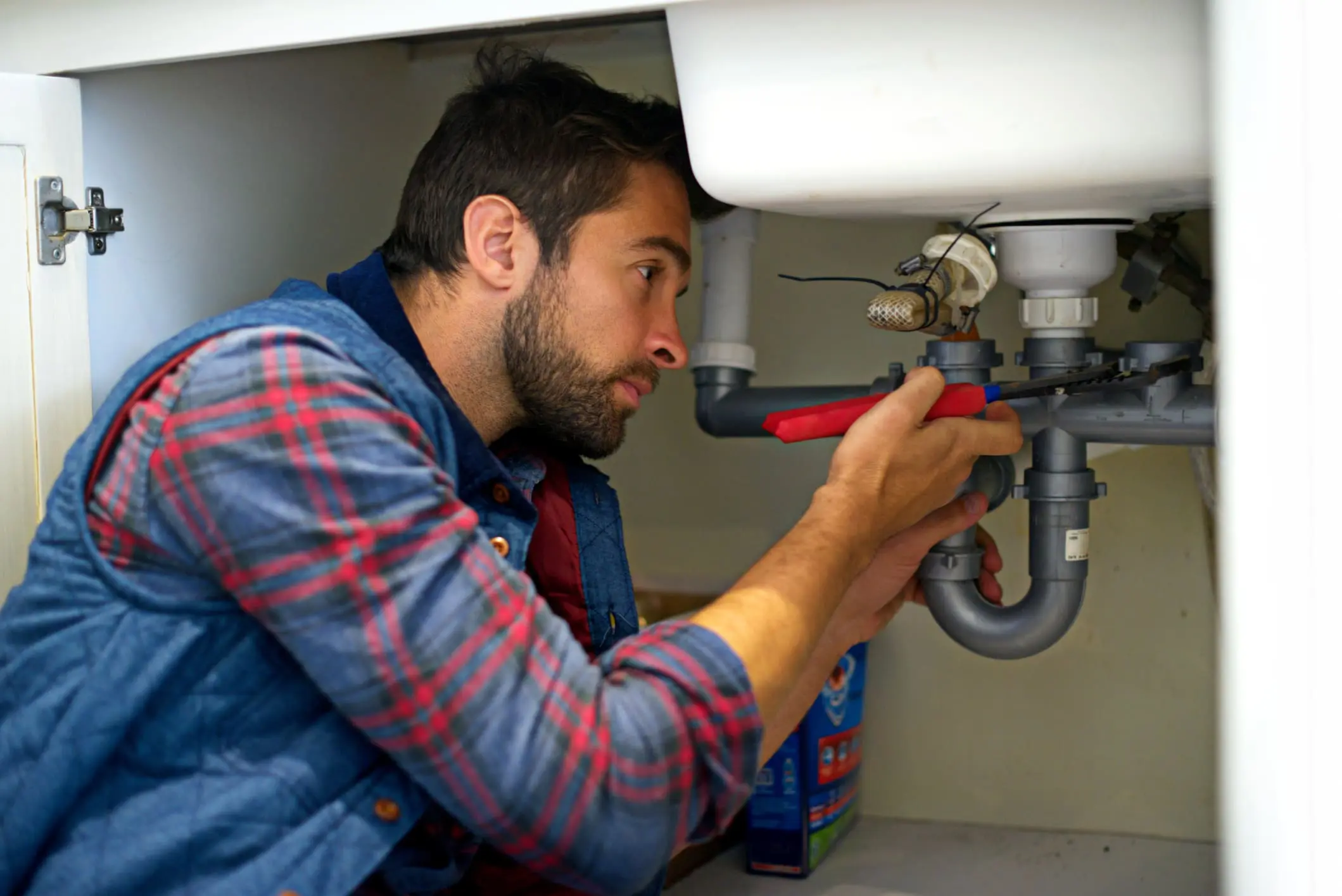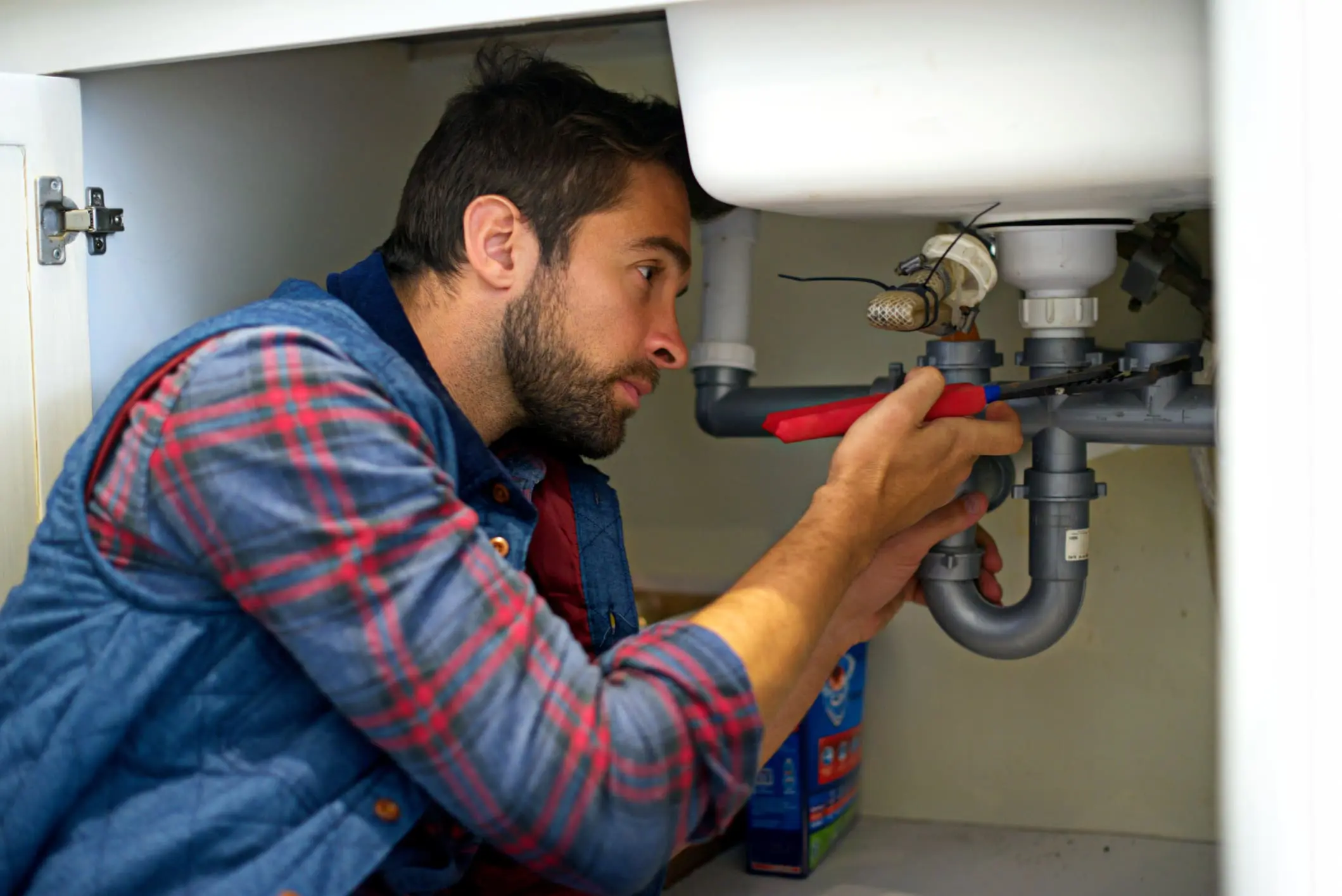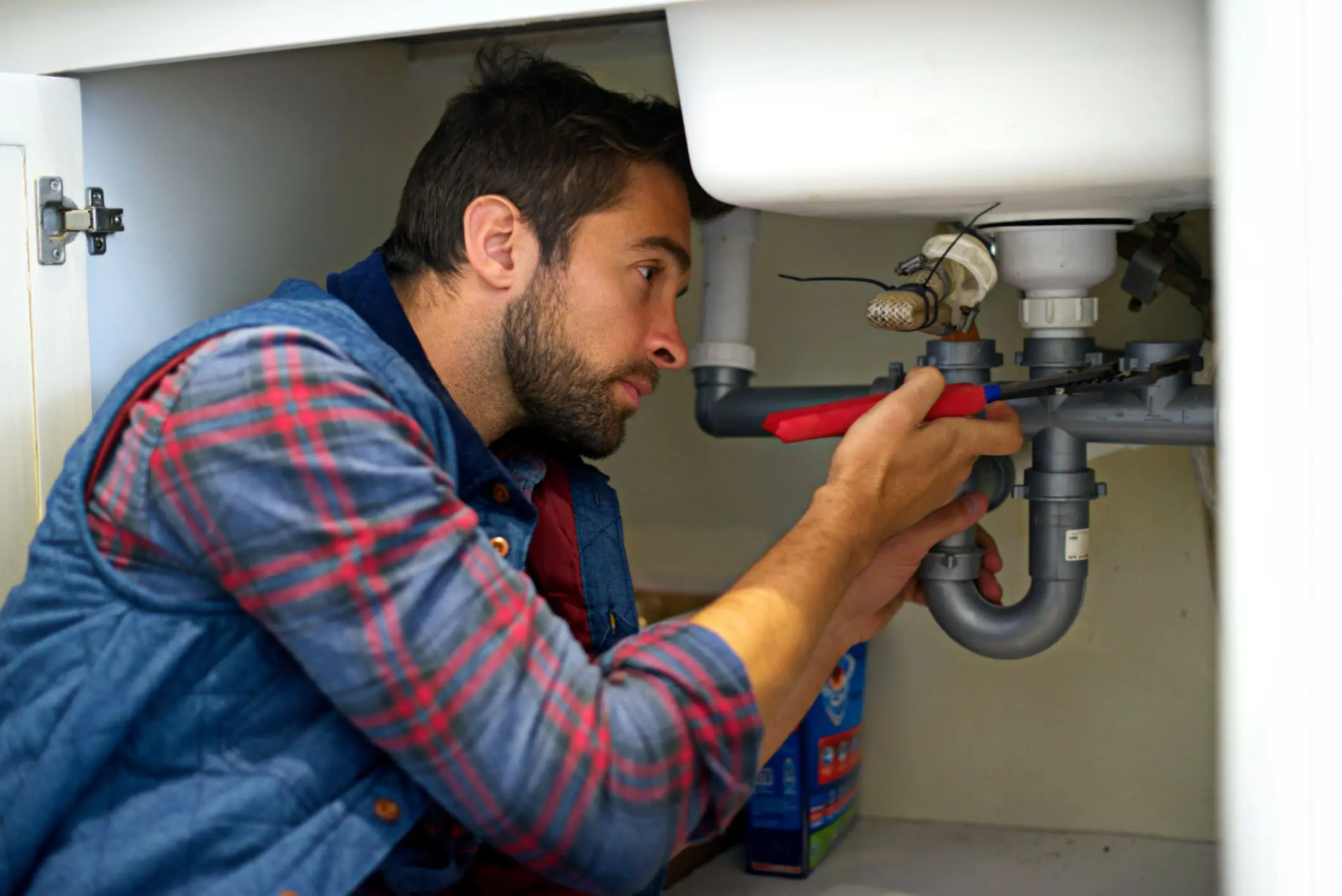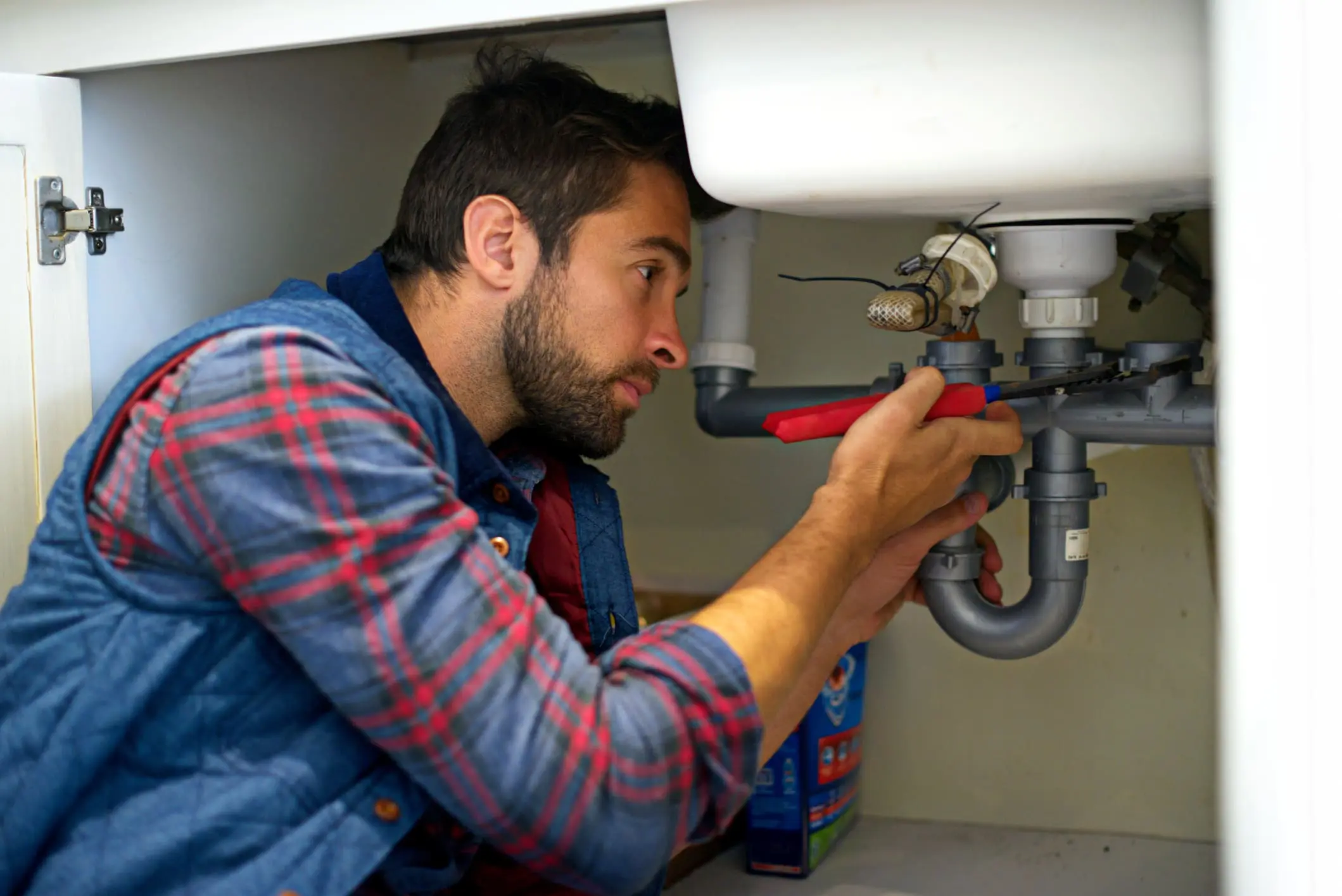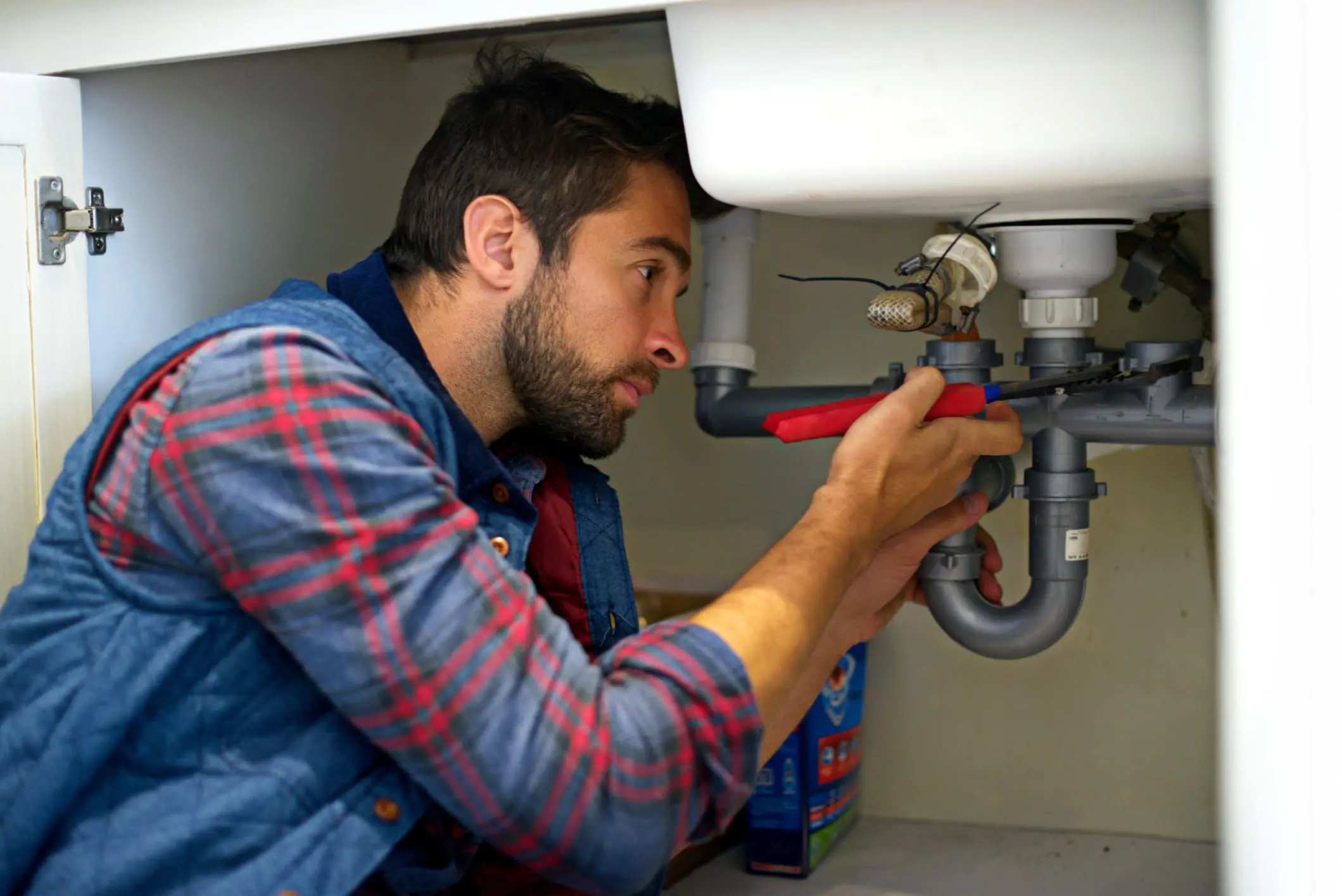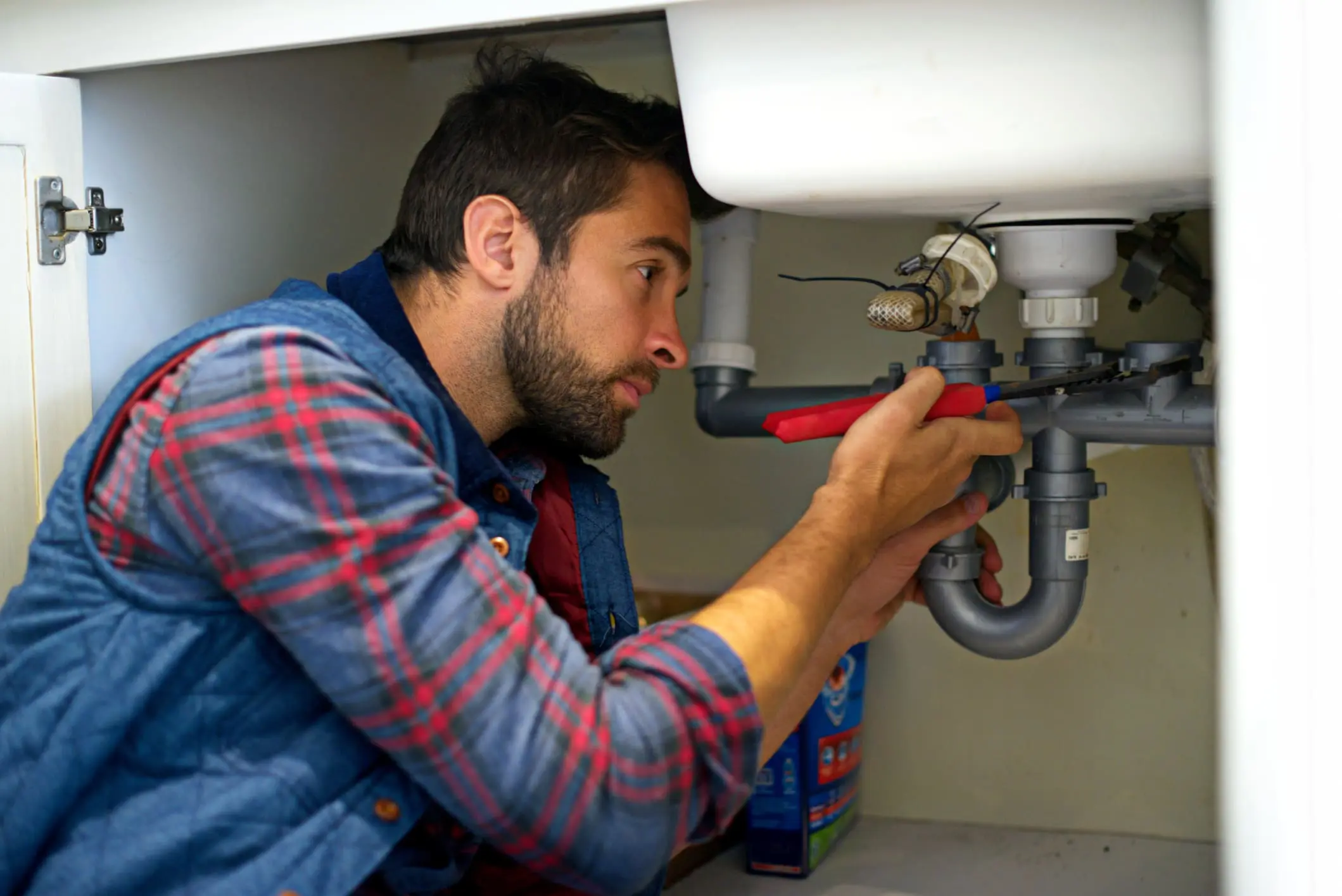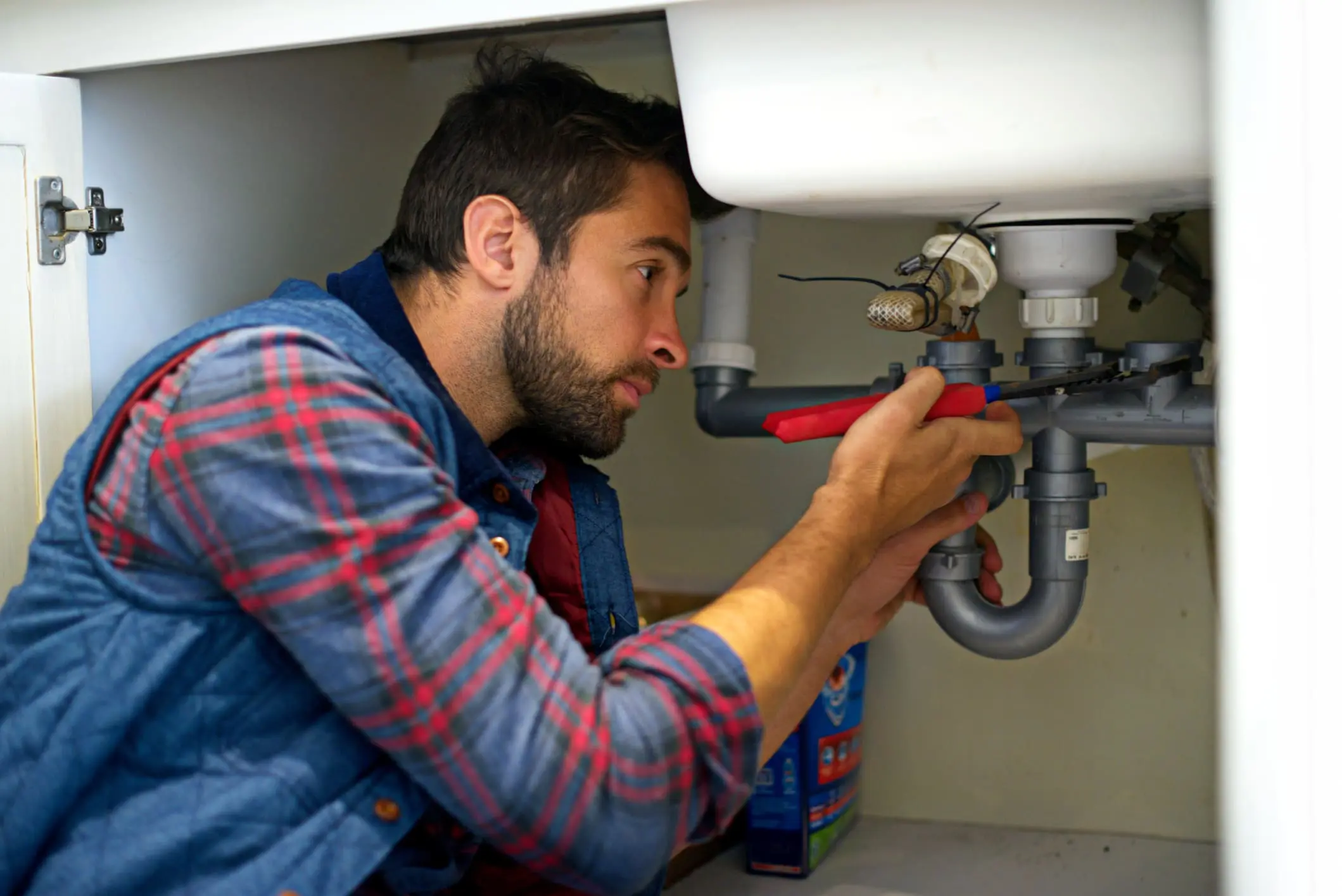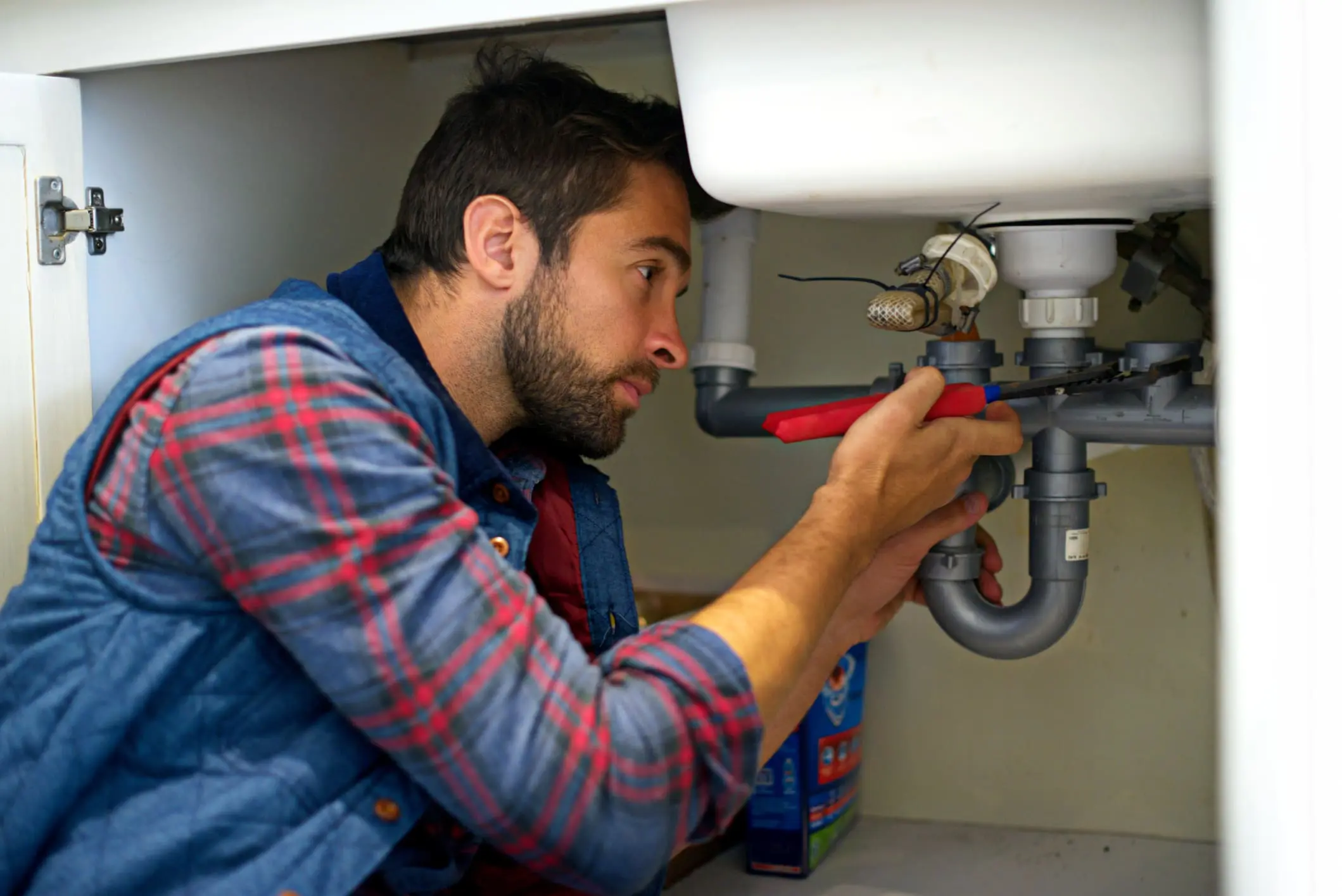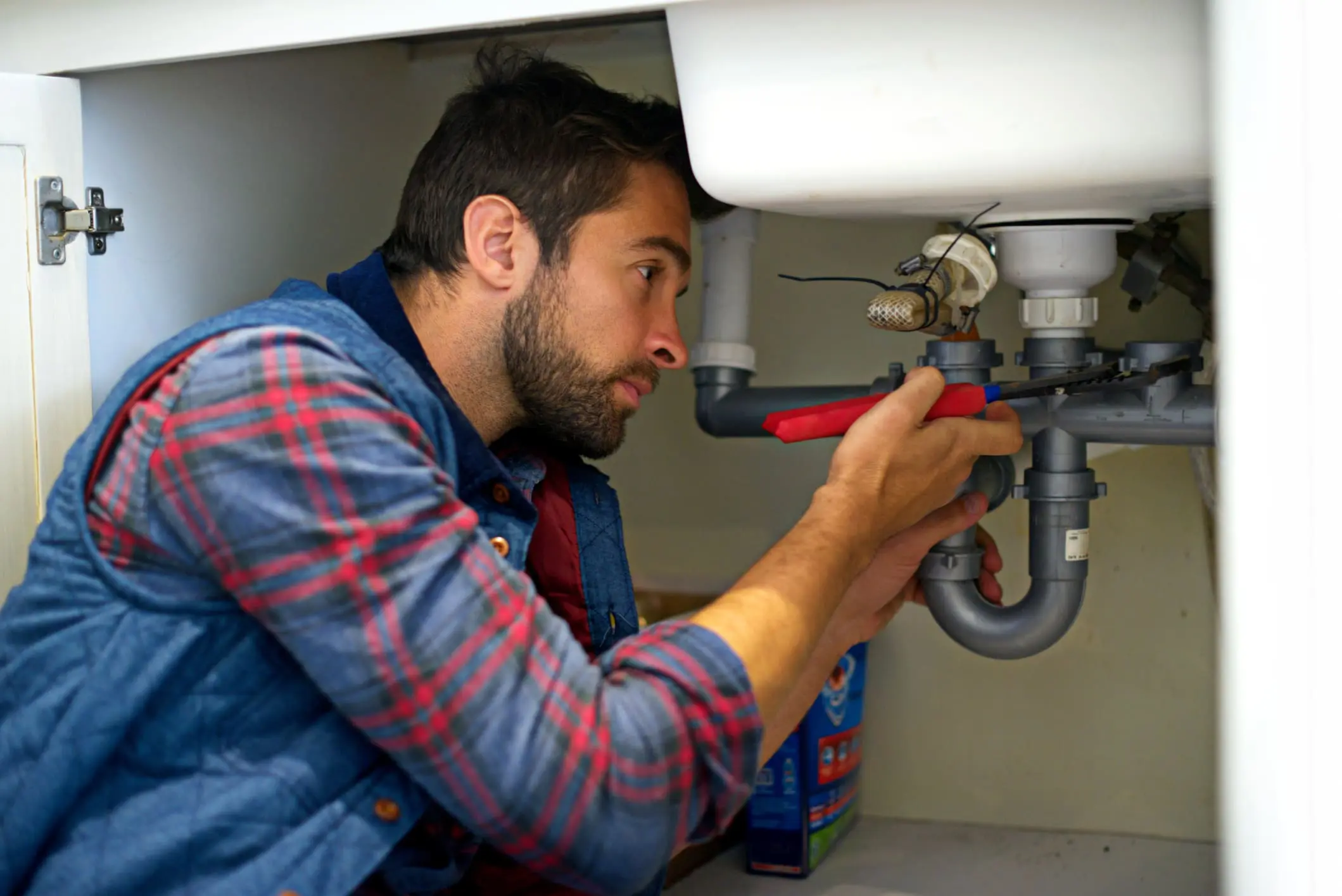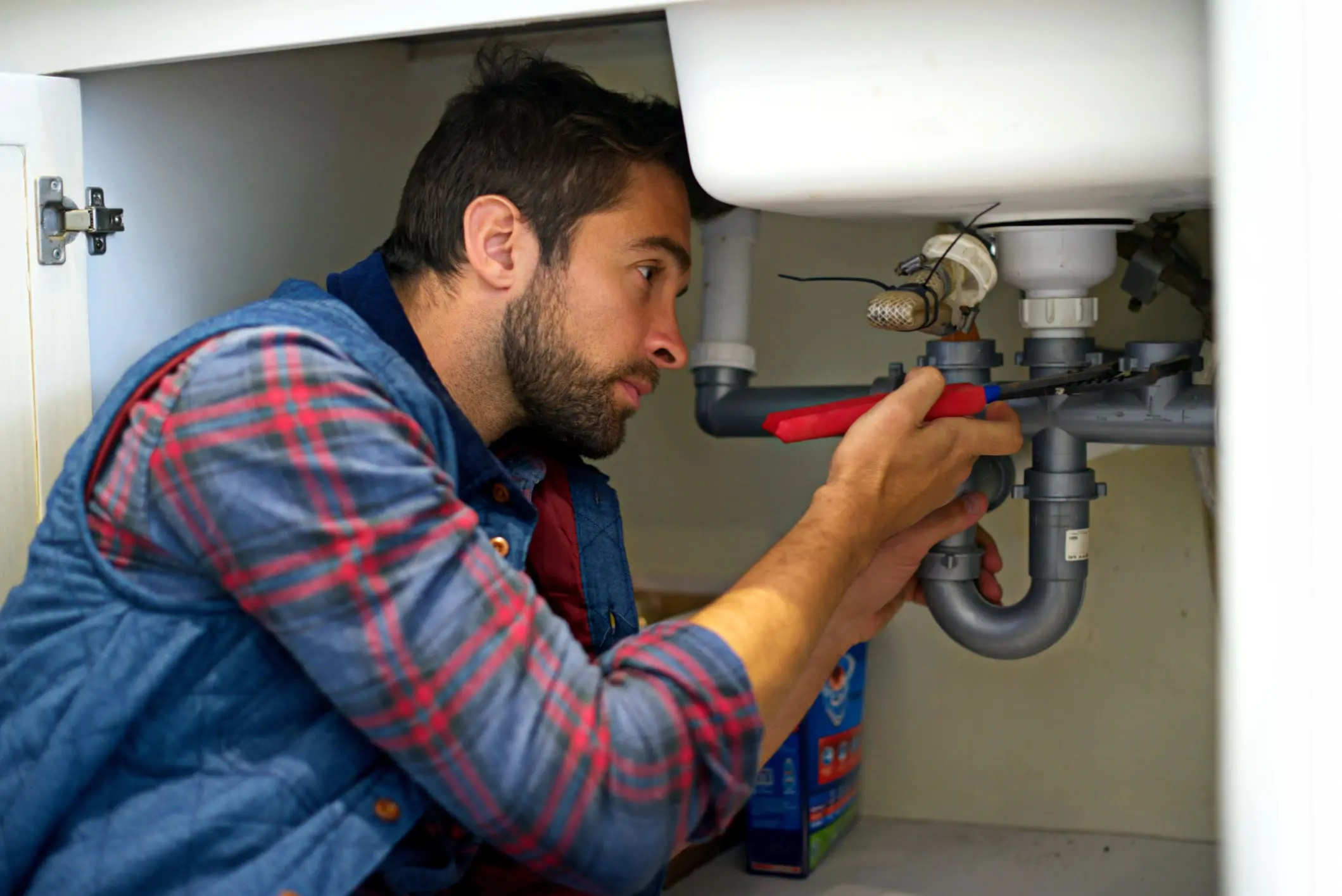The plumbing industry presents unique risks that require specialized insurance coverage. From working in confined spaces to h…
Plumber Employers Liability Insurance: Protecting Your Team and Your Business
Introduction
Running a plumbing business comes with inherent risks – not just from burst pipes and emergency callouts, but from the very real possibility of workplace injuries affecting your employees. Whether you're a sole trader looking to expand or already managing a team of qualified plumbers, understanding employers liability insurance isn't just good business practice – it's a legal requirement that could save your company from financial ruin.
Plumber employers liability insurance provides crucial protection when your employees suffer injuries or develop illnesses as a direct result of their work. From slips on wet bathroom floors to injuries from heavy lifting or exposure to hazardous chemicals, the plumbing trade presents numerous scenarios where comprehensive coverage becomes essential.
Understanding Employers Liability Insurance for Plumbers
Employers liability insurance is a legal requirement for any plumbing business employing staff, including apprentices, subcontractors working under your direction, and temporary workers. This coverage protects your business against compensation claims made by employees who suffer work-related injuries or illnesses.
For plumbing businesses, this insurance covers legal costs, compensation payments, and associated expenses when employees pursue claims against your company. The minimum legal requirement is £5 million coverage, though many plumbing businesses opt for higher limits given the potential severity of workplace accidents in the trade.
Key Coverage Areas
Workplace Injuries
Coverage for accidents occurring at customer premises, in your workshop, or during transit between jobs. This includes everything from cuts from sharp tools to more serious injuries from falls or equipment malfunctions.
Occupational Illnesses
Protection against claims related to work-induced health conditions, such as respiratory problems from exposure to asbestos in older properties or repetitive strain injuries from continuous pipe fitting work.
Legal Defense Costs
Full coverage for legal representation, court costs, and associated expenses, regardless of whether claims are successful or not.
Compensation Payments
Coverage for awarded damages, including both financial compensation and ongoing medical care costs for injured employees.
Common Workplace Risks in Plumbing
Physical Injury Risks
Plumbing work involves numerous physical hazards that can result in serious workplace injuries. Manual handling of heavy pipes, boilers, and bathroom fixtures creates significant risk of back injuries and muscle strains. Working in confined spaces like under-floor areas or in loft spaces increases the likelihood of falls and impact injuries.
Sharp tools and cutting equipment pose constant laceration risks, while hot water systems and soldering equipment can cause severe burns. Electrical work associated with boiler installations and pump repairs adds electrocution risks to the mix.
Chemical and Environmental Hazards
Plumbers regularly work with potentially hazardous chemicals, from drain cleaners and pipe sealants to flux and soldering compounds. Prolonged exposure can lead to respiratory problems, skin conditions, and other occupational illnesses.
Working in older properties presents additional risks, particularly potential asbestos exposure when working on heating systems or removing old pipe lagging. These environmental hazards can result in serious long-term health conditions that may not manifest for years after exposure.
Site-Specific Risks
Each job site presents unique challenges. Working in occupied homes requires careful navigation around furniture and personal belongings, increasing trip and fall risks. Commercial sites may involve working at height or in industrial environments with additional safety considerations.
Emergency callouts often involve working in stressful conditions with limited visibility or in unstable environments, such as flooded basements or properties with structural damage.
Real-World Claim Scenarios
Case Study 1: Apprentice Injury
A plumbing apprentice suffered severe burns while learning soldering techniques when a joint failed and hot metal splashed onto their arm. The resulting claim included immediate medical costs, ongoing treatment for scarring, and compensation for reduced earning capacity during recovery. Total claim value exceeded £45,000.
Case Study 2: Repetitive Strain Injury
An experienced plumber developed chronic back problems after years of lifting heavy cast iron radiators and crawling in confined spaces. The gradual onset meant the condition wasn't immediately recognized as work-related, but medical evidence eventually supported a successful claim for ongoing treatment and workplace adjustments.
Case Study 3: Chemical Exposure
A team of plumbers working on a commercial renovation project developed respiratory problems after exposure to asbestos-containing pipe lagging. Multiple employees were affected, resulting in claims totaling over £200,000 for medical monitoring, treatment, and compensation.
Legal Requirements and Compliance
Statutory Obligations
Every plumbing business employing staff must maintain valid employers liability insurance with minimum coverage of £5 million. This applies regardless of business size – even employing a single apprentice triggers this legal requirement.
The certificate of insurance must be displayed prominently at each workplace and be readily available for inspection by employees and HSE officials. Failure to maintain adequate coverage can result in fines of up to £2,500 for each day without insurance.
Health and Safety Responsibilities
Beyond insurance requirements, plumbing businesses must demonstrate compliance with health and safety regulations. This includes conducting proper risk assessments, providing appropriate safety equipment, and ensuring adequate training for all employees.
Proper documentation of safety procedures and training records not only reduces the likelihood of accidents but can also positively impact insurance premiums and claim outcomes.
Choosing the Right Coverage
Coverage Limits
While £5 million represents the legal minimum, many plumbing businesses choose higher limits. Consider the potential severity of accidents in your specific operations – businesses regularly working with high-value properties or complex commercial installations may benefit from £10 million or higher coverage.
Policy Extensions
Standard employers liability policies can be enhanced with additional coverage options. Legal expenses insurance helps with employment disputes and regulatory investigations. Personal accident coverage provides additional support for injured employees beyond standard compensation requirements.
Some insurers offer rehabilitation support services, helping injured employees return to work more quickly and reducing overall claim costs.
Industry-Specific Considerations
Look for insurers with specific experience in the plumbing trade. They better understand the unique risks involved and can offer more competitive premiums and comprehensive coverage options.
Consider how your business operations might evolve. If you're planning to expand into related trades like heating installation or bathroom fitting, ensure your policy can accommodate these changes without requiring complete renewal.
Cost Factors and Premium Considerations
Risk Assessment Factors
Insurance premiums reflect the assessed risk level of your operations. Factors influencing costs include the size of your workforce, types of work undertaken, safety record, and claims history.
Businesses with strong safety cultures and comprehensive training programs typically enjoy lower premiums. Regular safety audits and proactive risk management demonstrate commitment to employee welfare and can result in significant premium discounts.
Geographic Considerations
Operating locations can impact premiums. Urban areas with higher property values may result in increased coverage costs, while rural operations might face different risk profiles related to travel distances and emergency response times.
Business Size and Structure
Larger operations with more employees naturally face higher premiums, but often benefit from economies of scale. The employment structure also matters – businesses using primarily subcontractors may have different risk profiles than those with permanent employees.
Claims Management and Prevention
Immediate Response Procedures
When workplace accidents occur, immediate response can significantly impact claim outcomes. Ensure all employees understand reporting procedures and that incidents are documented thoroughly from the outset.
Prompt medical attention not only supports employee welfare but can prevent minor injuries from developing into more serious conditions that result in larger claims.
Documentation and Evidence
Maintain comprehensive records of all safety training, equipment inspections, and risk assessments. This documentation proves essential during claim investigations and can help defend against fraudulent or exaggerated claims.
Photograph accident scenes where possible and gather witness statements while events remain fresh in memory.
Working with Insurers
Establish clear communication channels with your insurance provider. Many insurers offer 24-hour claims reporting services and can provide immediate guidance on managing accident scenes and supporting injured employees.
Be honest and transparent during claim investigations. Attempting to conceal information or minimize incidents typically backfires and can void coverage entirely.
Best Practices for Risk Reduction
Training and Competency
Invest in comprehensive training programs covering both technical skills and safety awareness. Regular refresher training helps maintain high safety standards and demonstrates ongoing commitment to employee welfare.
Ensure all employees understand proper lifting techniques, chemical handling procedures, and equipment operation. Specialized training for working at height or in confined spaces may be necessary depending on your service offerings.
Equipment and Safety Gear
Provide high-quality personal protective equipment and ensure it's properly maintained and regularly replaced. This includes safety glasses, gloves, respiratory protection, and appropriate footwear for different working conditions.
Regular equipment inspections and maintenance reduce the likelihood of tool-related accidents and demonstrate proactive safety management.
Workplace Culture
Foster a safety-first culture where employees feel comfortable reporting near-misses and safety concerns without fear of blame. Regular safety meetings and open communication channels help identify potential problems before they result in accidents.
Recognize and reward safe working practices to reinforce positive behaviors throughout your team.
Integration with Other Insurance Covers
Public Liability Insurance
Employers liability insurance works alongside public liability coverage to provide comprehensive protection. While employers liability covers your employees, public liability protects against claims from customers and members of the public.
Professional Indemnity Insurance
For plumbing businesses offering design services or system specifications, professional indemnity insurance complements employers liability by covering errors and omissions in professional advice.
Tool and Equipment Insurance
Protecting your tools and equipment ensures business continuity following theft or damage, reducing the pressure to cut safety corners when replacing essential equipment quickly.
Conclusion
Plumber employers liability insurance represents far more than a legal compliance requirement – it's fundamental protection for your business, your employees, and your future growth prospects. The physical nature of plumbing work, combined with exposure to various hazards and chemicals, creates genuine risks that can result in significant financial exposure without adequate coverage.
Choosing appropriate coverage requires careful consideration of your specific operations, workforce size, and risk profile. Working with insurers who understand the plumbing trade ensures you receive both competitive premiums and comprehensive protection tailored to your needs.
Remember that insurance works best as part of a broader risk management strategy. Combining comprehensive coverage with strong safety practices, proper training, and proactive risk assessment creates the foundation for a successful and sustainable plumbing business.
The cost of adequate employers liability insurance pales in comparison to the potential financial impact of a serious workplace accident. Protect your team, protect your business, and ensure your plumbing company can continue serving customers with confidence, knowing you're properly covered for whatever challenges arise.


 0330 127 2333
0330 127 2333
